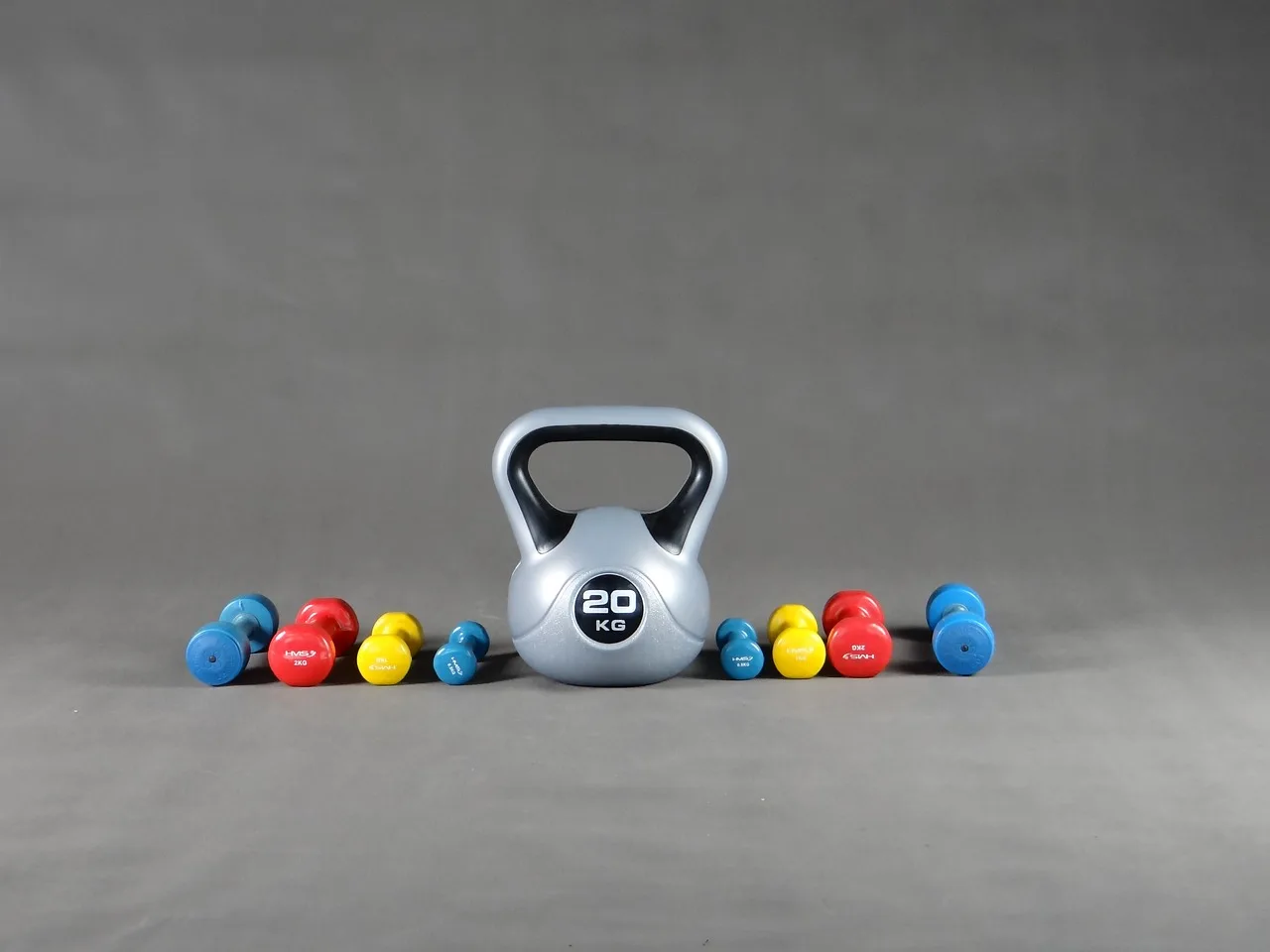Introduction
Exercise is key to maintaining a healthy lifestyle, but not all workouts are created equal. For individuals who may have joint pain, are recovering from an injury, or simply prefer a gentler approach to fitness, low-impact exercise is the perfect solution.
Low-impact exercises minimize stress on the joints while still providing an effective workout. In this article, we will delve into the world of low-impact exercise machines and focus specifically on two popular options: elliptical machines and stair climbers.
These machines offer unique benefits for those seeking a low-impact workout regimen. By understanding the differences between these two options, you’ll be better equipped to make an informed decision about which machine aligns best with your fitness goals.
Importance of Low-Impact Exercise
The significance of low-impact exercise cannot be overstated. While high-impact activities such as running or jumping can be beneficial for cardiovascular health and bone strength, they can also place excessive strain on the body’s joints and connective tissues. This strain often leads to discomfort or even injuries in individuals with pre-existing conditions like arthritis or those who are overweight.
Low-impact exercises provide a gentler alternative that minimizes stress on the joints while still improving cardiovascular endurance, strengthening muscles, and burning calories. These exercises typically involve maintaining at least one foot in contact with the ground at all times, reducing impact forces significantly compared to high-impact activities.
Overview of Elliptical and Stair Climber Machines
The elliptical machine is a staple in many gyms worldwide due to its versatility as a low-impact cardio workout option. This machine combines elements of walking, running, and cycling in one fluid motion that mimics natural movements without placing undue strain on joints.
Users stand on pedals while operating handlebars that move in coordination with the legs, providing both upper and lower body engagement. On the other hand, stair climber machines simulate the experience of climbing stairs.
With their vertical motion, they offer a unique way to engage the lower body muscles while improving cardiovascular fitness. Stair climbers are known for their ability to target specific muscle groups like hamstrings, glutes, and quadriceps while keeping impact forces low.
Purpose of the Outline
The purpose of this outline is to provide a detailed structure for this article by dividing it into logical sections. By following this outline, we can delve into each aspect of elliptical and stair climber machines with precision and clarity. The outline will guide us through exploring the mechanisms, benefits, and various types of these machines individually before making a comprehensive comparison between them.
With this structured approach, readers will gain a comprehensive understanding of how elliptical machines and stair climbers differ in terms of functionality, targeted muscle groups, impact levels on joints, and overall fitness benefits. This information will empower you to make an informed decision about which machine aligns best with your exercise preferences and specific fitness goals.
Elliptical Machines: A Comprehensive Analysis
Definition and Design
Elliptical machines, also known as cross trainers, are fitness equipment designed to simulate the motion of walking, running, or climbing stairs while reducing the impact on joints. The elliptical motion refers to the smooth and elliptical-shaped path that the pedals move in.
This motion combines elements of both running and cycling, providing a low-impact workout option for individuals seeking cardiovascular exercise without subjecting their joints to excessive stress. The design of an elliptical machine typically consists of several key components.
These include a set of pedals that move in an oval-like pattern, handlebars for upper body engagement, and a console that displays workout information such as time elapsed, distance covered, calories burned, and heart rate. Additionally, many models offer adjustable resistance levels to vary the intensity of the workout.
Benefits of using an Elliptical Machine for Low-Impact Exercise
One major advantage of using an elliptical machine is its ability to provide a low-impact workout. By mimicking natural walking or running motions without placing excessive stress on the joints, these machines are particularly suitable for individuals with joint conditions or those recovering from injuries. The smooth elliptical motion ensures that there is no abrupt jarring or pounding on vulnerable areas like knees or ankles.
Furthermore, ellipticals offer a full-body workout due to their incorporation of handlebars along with pedals. While moving the legs provides cardiovascular benefits and works lower body muscles such as quadriceps and glutes; gripping and pushing/pulling the handlebars engages upper body muscles like biceps,triceps,and chest muscles.
This dual-action helps increase overall muscle tone and calorie expenditure during workouts. Another advantage is the ability to customize resistance levels according to individual fitness levels.
Most ellipticals allow users to adjust resistance settings so they can increase or decrease difficulty, making it suitable for individuals at different stages of their fitness journey. This feature enables beginners to gradually increase intensity and challenge themselves as they progress, while also allowing advanced users to push their limits and maintain a challenging workout.
Different Types of Elliptical Machines Available in the Market
There are various types of elliptical machines available in the market, each with its own unique design characteristics and advantages. The three main types are front-drive, rear-drive, and center-drive.
Front-drive ellipticals have the flywheel located at the front of the machine. This design tends to mimic more of a stair-climbing motion.
Front-drive ellipticals generally have a flatter footpath than other designs. Rear-drive ellipticals have the flywheel positioned at the back, providing a smoother and more natural stride for users.
These machines typically offer an inclined pedal pattern which can help target different muscle groups such as hamstrings and calves. Center-drive ellipticals have their flywheels placed on either side of the user’s body.
This design offers a narrower footprint than others, making them ideal for compact spaces or home gyms with limited space availability. Each type comes with its pros and cons.
Front-drives may have adjustable inclines but could lack stability; rear-drives provide smooth strides yet might require more room; center-drives offer space efficiency but may not provide incline options. Elliptical machines provide an excellent low-impact exercise option that promotes cardiovascular fitness while minimizing stress on joints.
Their diverse range of designs caters to different user preferences and spatial constraints. Whether it’s reducing joint stress or offering a full-body workout experience, these versatile machines are worth considering for anyone seeking an effective yet gentle form of exercise.
Stair Climber Machines: A Detailed Examination
Definition and Mechanism
When it comes to low-impact exercise, stair climber machines offer a unique and effective option. These machines simulate the motion of climbing stairs, providing users with an intense workout while minimizing the impact on joints. The mechanism behind stair climbers involves the use of pedals or steps that move up and down, imitating the vertical motion of climbing stairs.
This motion engages the lower body muscles, particularly the quadriceps, hamstrings, calves, and glutes. By replicating this natural movement pattern, stair climbers provide an efficient cardiovascular workout that targets multiple muscle groups simultaneously.
Components and Features of a Stair Climber Machine
Stair climber machines are designed with various components and features to enhance user experience and maximize workout effectiveness. These machines typically incorporate adjustable resistance levels that allow users to increase or decrease the intensity of their workouts based on their fitness goals and abilities.
Additionally, many stair climbers come equipped with handrails for added stability during exercise. Some models even feature heart rate monitors to help users track their exertion levels and ensure they are within their target heart rate zone for optimal cardiovascular conditioning.
Benefits of Using a Stair Climber Machine for Low-Impact Exercise
Utilizing a stair climber machine for low-impact exercise offers numerous benefits that contribute to overall fitness improvement. One significant advantage is its emphasis on lower body engagement, which leads to increased leg strength over time.
The repetitive climbing motion activates large muscle groups in the lower body while providing resistance through various intensity settings on the machine. As a result, regular use can help strengthen muscles in the legs and improve overall endurance.
Furthermore, stair climbers offer exceptional cardiovascular conditioning due to their intense nature. By mimicking the exertion required in real-life climbing scenarios, these machines provide a challenging workout that elevates heart rate and enhances cardiovascular function.
Users can push their limits by adjusting resistance levels and duration of their workouts to achieve desirable cardiovascular training outcomes. Moreover, stair climber machines provide functional fitness benefits by replicating the actions required to climb stairs.
This translates into improved coordination, balance, and agility in daily activities such as walking up flights of stairs or scaling uneven terrain. The machine’s vertical motion closely simulates the real-life movements required during climbing, making it an effective tool for developing functional strength.
Different Types of Stair Climber Machines Available in the Market
Stair climber machines come in various forms, each offering distinct features and exercise experiences. One type is the stepper machine, which features independent pedals that move up and down individually.
Stepper machines provide a smooth stepping motion that closely emulates climbing stairs. They are often compact and suitable for home use, making them convenient for those with limited space.
Another type is the stairmill machine, characterized by continuous staircase-like steps. These machines offer a more challenging workout compared to stepper machines due to their consistent movement pattern and greater range of motion.
Stairmills are commonly found in commercial gyms and are favored by individuals seeking intense lower body workouts with high calorie expenditure. The choice between a stepper machine or a stairmill ultimately depends on personal preference and fitness goals.
While both options offer low-impact exercise with similar benefits, stepper machines may appeal to beginners or individuals looking for an introductory level of intensity. On the other hand, experienced exercisers seeking a more rigorous challenge may gravitate towards stairmills for their advanced design and demanding workouts.
Comparison Between Elliptical Machines and Stair Climbers
Similarities between ellipticals and stair climbers
When considering low-impact exercise options, both elliptical machines and stair climbers share several similarities that make them popular choices for individuals seeking a gentle yet effective workout. Firstly, both machines provide a cardiovascular workout that helps improve heart health, burn calories, and enhance overall fitness levels.
Whether you’re on an elliptical or a stair climber, you’ll experience an increased heart rate and improved circulation. Secondly, both ellipticals and stair climbers offer adjustable resistance levels to cater to various fitness levels and goals.
This feature allows users to gradually increase the intensity of their workouts as they progress in their fitness journey. Whether you prefer a more challenging session or need a gentler approach due to any underlying physical conditions, these machines can be tailored to meet your specific needs.
Both machines are designed with stability in mind. Ellipticals typically have wide platforms with handlebars for added balance and security.
Stair climbers often feature handrails or side grips to provide stability while climbing. This ensures that users can perform their workouts safely without compromising their form or risking injury.
Conclusion
When it comes to low-impact exercise options like elliptical machines and stair climbers, both offer unique benefits while sharing some common features. Ellipticals provide a full-body workout with reduced joint stress, customizable resistance levels, and different design options from front-drive to center-drive models. On the other hand, stair climbers focus on lower body strength development through vertical climbing motions mimicking real-life scenarios like climbing stairs or mountains.
Ultimately, the choice between an elliptical machine or a stair climber depends on individual preferences, fitness goals, and physical capabilities. It’s important to consider factors such as comfort during usage, target muscle groups for toning, and the overall impact on joints and bones.
Whether you choose an elliptical or a stair climber, both machines offer excellent options for low-impact exercise that can improve cardiovascular health, enhance endurance, and promote overall well-being. So take your pick, embrace the joy of movement, and embark on a fitness journey that leaves you feeling accomplished and rejuvenated.
 Skip to main content
Skip to main content


